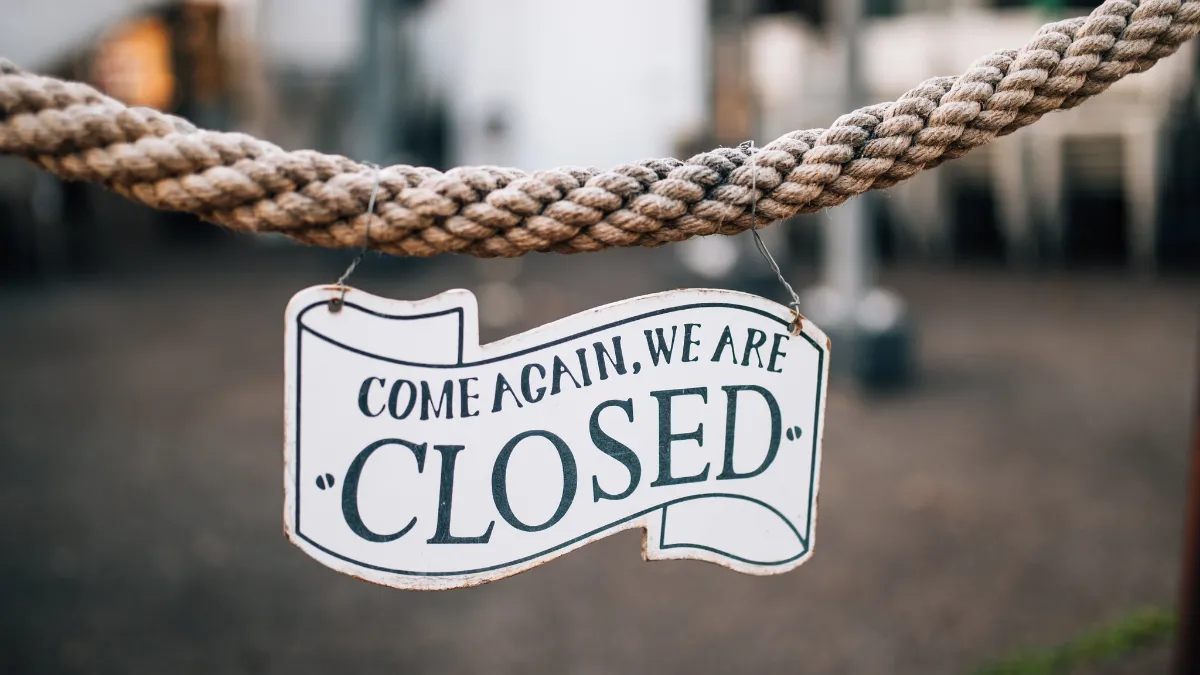Dive Brief:
-
The Small Business Administration (SBA) approved 60,000 loans submitted by 3,000 lenders during the seven days after resuming the Paycheck Protection Program (PPP) on Jan. 11, the agency said in a statement.
-
The more than $5 billion in new lending is part of $284 billion earmarked for the PPP in a coronavirus aid bill signed on Dec. 27 and adds to $525 billion in forgivable loans provided to small businesses during the first period of PPP lending from April until August of last year.
-
The SBA, as of Jan. 12, forgave more than $1.1 million in PPP loans totaling more than $100 billion while simplifying to a single page the loan forgiveness application for borrowers who received $150,000 or less.
Dive Insight:
Businesses shut down as the coronavirus spread early last year and, by April, unemployment surged to 14.7%, the highest rate since the start of such recording keeping in 1948, according to the U.S. Bureau of Labor Statistics.
PPP lending in 2020 cushioned the blow from COVID-19, helping 5.2 million small businesses maintain employment for 51 million U.S. workers, according to the SBA. Yet unemployment in December remained high at 6.7%.
Under a $1.9 trillion coronavirus relief package proposed by President Biden, the government would provide more than $15 billion in grants to more than 1 million small businesses. The so-called American Rescue Plan would also leverage $35 billion in government funds into $175 billion in small business loans and investment.
At the start of its current PPP program, the SBA provided a brief period of early access to first-draw applications from lenders to underserved and minority small businesses, community development financial institutions, minority depository institutions, certified development companies and microloan intermediaries. SBA did not say the total amount of loans it approved for such institutions.
During 2020, 27% of the PPP loan total went to low- and moderate-income communities, according to the SBA. More than $133 billion in program loans went to small businesses in historically underutilized business zones (HUBZones), while small businesses in rural areas received $80 billion.












